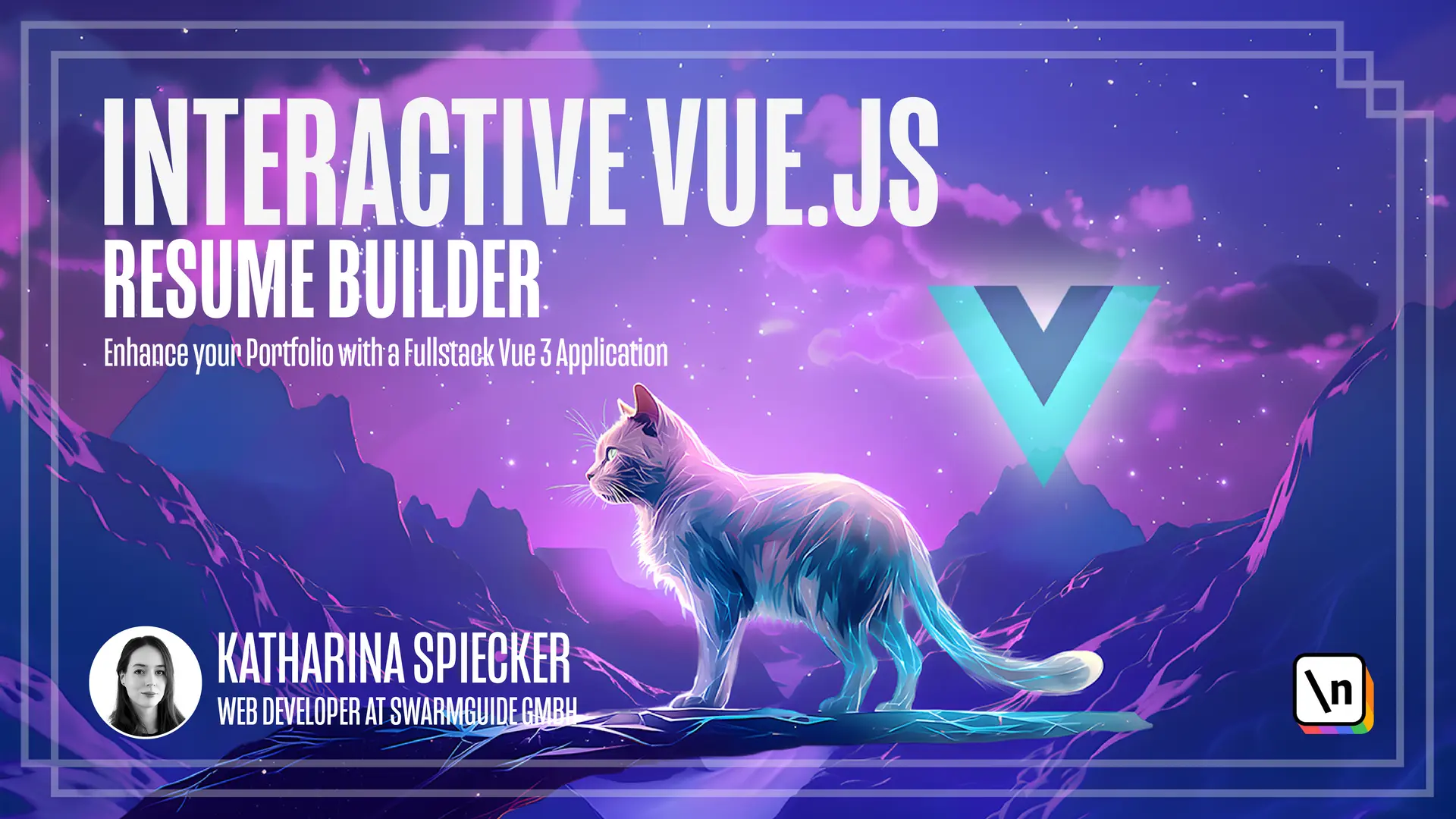Component state and rendering data from it
How to render data from component state. Learn about Vue.js directives, and reactive rendering.
This lesson preview is part of the Interactive Vue.js Resume Builder course and can be unlocked immediately with a \newline Pro subscription or a single-time purchase. Already have access to this course? Log in here.
This video is available to students only
Unlock This Course
Get unlimited access to Interactive Vue.js Resume Builder, plus 90+ \newline books, guides and courses with the \newline Pro subscription.
